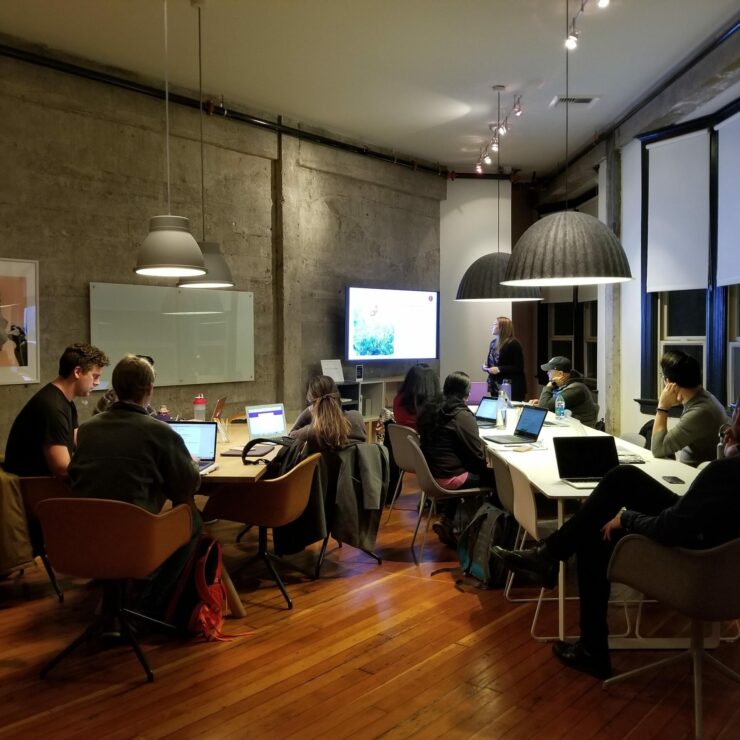When building a buyer persona – the first step in setting up a marketing and customer experience strategy – it’s essential to gather socio-demographic and behavioral data and, through these parameters, begin to segment your audience. However, this information only tells part of the story. It tells you ‘what’ your customers do, but not ‘why’. Why do people prefer your product? What attracts and persuades them about certain content or messages? What emotions do they experience when engaging with your brand and your products and services? Effective management and enhancement of the customer experience begin with recognizing the deep motivations that drive purchasing behaviors, which cannot be achieved by analyzing socio-demographic and behavioral data alone.
Information in Psychographic Profiling
Unlike demographic profiling, which considers objective and self-declared information, psychographic profiling is based on understanding the subjective characteristics that drive individuals’ behaviors and influence their choices. These characteristics explain and predict attitudes, needs, preferences, and behaviors, including purchase decisions. It is a methodology that allows for the collection and deepening of what is often classified as Soft Data.
This operation enables a substantial step forward compared to the concept of Buyer Persona because it allows for the creation of clusters: specific and homogeneous groups of people based on real data and information. Indeed, clusters are not constructed theoretically but identified on a statistical basis that identifies similarities and likenesses. Furthermore, clusters, being much more specific and characterized, have the significant advantage of being quantifiable.
Psychographic Profiling and Dedicated Models
Building on these considerations, NeosVoc, in collaboration with the Neosperience Group, has scientifically studied and validated a series of Dedicated Models for various market branches. For each sector, psychographic subsets that have the greatest impact on the choices of their respective audiences have been identified, allowing for the reconstruction of their psychographic profile.
The traits identified go far beyond the study and reconstruction of data related to the Big Five, as the analysis extends to most existing psychographic traits.
The Green Potential Detection Model, the Leadership Model, the Retail Model, the Luxury Model – these are some of the models we have developed based on the combination of different traits.
How Psychographic Profiling Enables Offer Personalization
By reconstructing the various psychographic clusters of audiences, it will be possible to identify elements for an empathic communication of the brand or product/service, capable of:
- Personalizing the narrative for each psychographic cluster, identifying different topics, themes, and aspects (emotional and/or rational) to highlight in the message tailored to each cluster.
- Identifying specific guidelines for proper Message Tailoring. In particular, for each psychographic cluster, one can outline:
- Content: the preferred themes and topics by different customer profiles.
- The most appropriate tone of voice to address each cluster.
- Wording: identifying keywords to include in constructing the entire sentence.
- Message length: the amount of information to provide and the level of detail.
This approach also constitutes a fundamental asset for Customer Base Enrichment, continuous profiling of one’s customers, and enhancement of one’s CRM.
An Application of Psychographic Profiling
Here’s an application of psychographic profiling to a non-commercial topic, sensitivity to environmental sustainability issues. In the case described, we used the Green Potential Detection Model, a research model that, starting from the detection of dispositional dimensions, identifies the potential enclosed in each person regarding environmental sustainability issues.
The addition of data on lifestyle and behaviors has made it possible to complete the analysis by estimating the level of territorial sensitivity and proximity to energy-saving issues and the propensity for consumption reduction. When the model is adopted by an entity, commercial or public, operating in the sector, one of the objectives is to identify the most effective communication methods to promote “good practices,” increase sensitivity to environmental issues, and accelerate the adoption of eco-friendly habits. In addition to highlighting the “sustainable” potential enclosed in each person, the study of personality traits makes it possible to personalize communication, identifying for each user the most effective message in line with their fundamental psychographic traits.
The entire study, in four parts, can be found here.
If you want more information on psychographic profiling and how NeosVoc can assist you in this journey, contact us.



